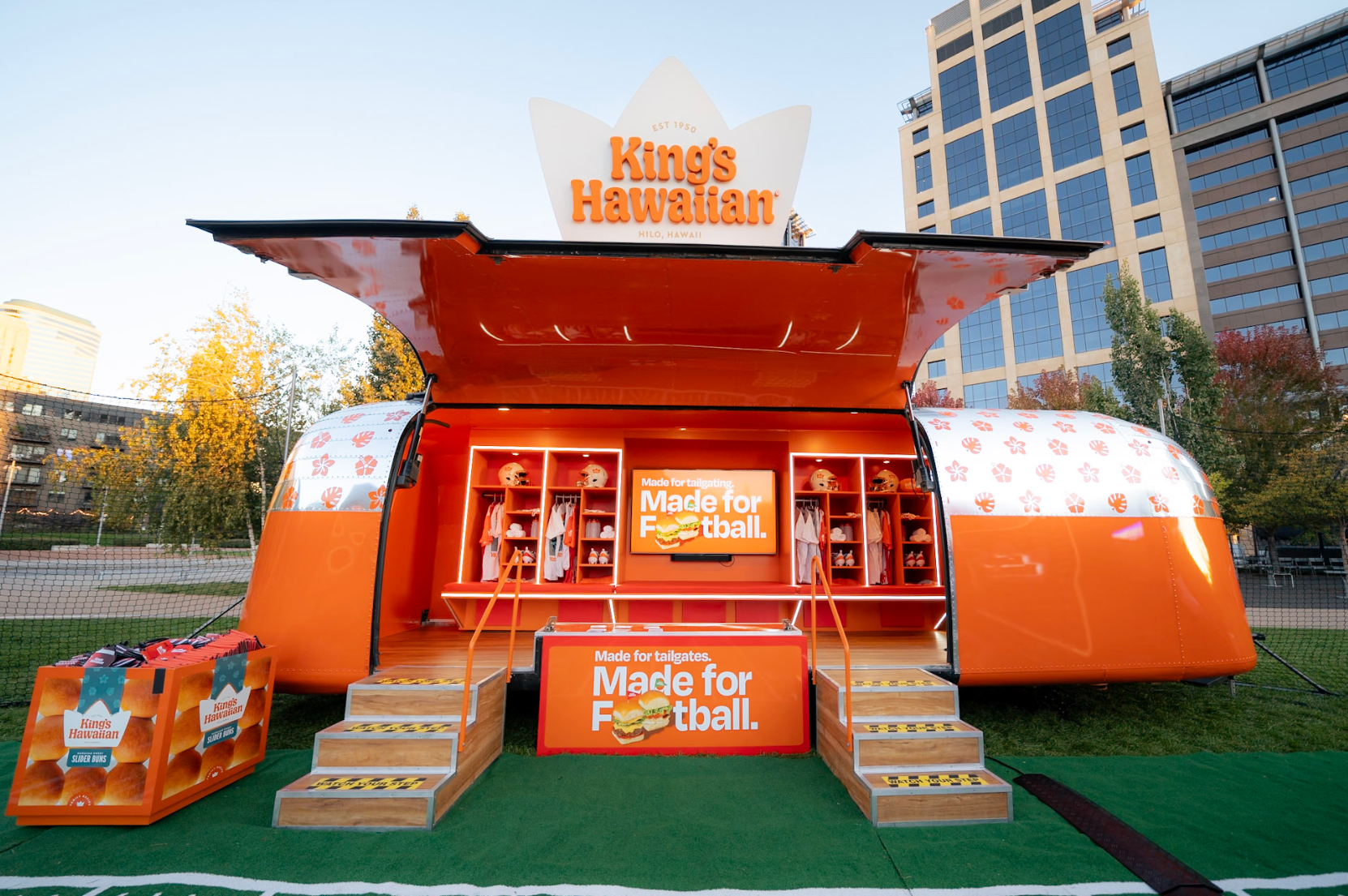The most crucial aspect of any marketing strategy is knowing your target audience. This concept may seem like a no-brainer, but last year $37 billion was wasted on unsuccessful marketing. Why? They didn’t understand their audience.
What is a target audience?
A target audience is the specific group of people who are most likely to buy your good or service. These consumers are defined by behaviors or particular demographics. Location, age, and gender are the demographics to determine your audience. This information is used to determine purchase behavior.
Target audience vs. target market
Often, people struggle with the difference between a target market and a target audience. While both are centered around segmenting consumers into groups, they are different. A target market is the group of consumers that a brand aims its products towards. A target audience is what defines that group based on their demographics, interests, and buying history. A target market is a broader group of people. You’ll be able to pinpoint your target market by identifying your target audience.
Defining and segmenting your audience is essential in implementing a creative message. In fact, 80% of people say they prefer to buy from businesses that prioritize personalized interactions. By targeting specific individuals or groups, the message can be more intentional, matching your brand voice. You’ll have better success reaching the RIGHT people than by reaching ALL the people. How do you determine your target audience?

Analyze your current consumers.
The first step in identifying your audience is to evaluate your current customers. Look at their characteristics and see what they all have in common. See if they live in similar areas, have the same interests, or fall in the same age range. These are the most easily identifiable characteristics you can discover from your audience. Don’t be afraid to ask! Customer surveys are a great and simple way to gain information. These tend to work best if they are sent RIGHT AFTER a customer purchase. It doesn’t hurt to include an incentive for future purchases, such as a 20% off coupon or a free sample. The more information you gather, the more accurate your results will be, and the more effective your marketing strategy is.
Check out industry trends.
Take a step back and analyze your industry as a whole. What is missing? How can your brand fill the gap? The best advice here is to never be satisfied. Your brand offers a unique perspective on the industry that intrigues consumers, adding to your target audience.

Research your competitors.
Checking out your competitors helps determine who you want your target audience to be. Observe what their marketing focuses on. Do people interact with the brand? What are they doing well? What are audiences responding to? Who are they leaving out? These questions will guide your brand when thinking of your audience. Likely, your competitor is selling to a similar demographic. Identifying characteristics of other similar marketing strategies will help you stay ahead of the game.
Create several buyer personas.
A buyer persona is a fictionalized characterization of your customers based on information about themselves and how they use your product or service. The benefit of these personas is to group people in a broad audience pool that is similar. Different personas could include new moms, retired couples, world travelers, and more. Use these personas to help you think through how to best market to your different audiences. You’d market to a new mom differently than a retired couple. These personas help give a complete view of the buyer. Ideally, your brand will identify 3 to 5 different personas to target.

Constantly evolve…
As your brand grows, your audience will evolve. Your marketing strategy must evolve as well. As you grow and get to know your audience, you’ll gain more specific information, which you can use to solidify your target audience further. Always be willing to adapt and try new things to reach your audience!
Define what your target audience ISN’T.
Knowing who your audience is NOT is just as important as knowing who your audience IS. Nothing’s worse than spending your budget on things that won’t yield results and add to your ROI. Knowing who NOT to target will keep your marketing strategy on track, helping you reach your key performance indicators on time. Or better yet, ahead of schedule!

What exactly to do with all this target audience info?
Once you identify your target audience, the real fun begins – Defining your marketing strategy! This is your long-term plan for achieving your brand’s goals through your marketing efforts. Your strategy will drive every marketing effort for your brand. Knowing your target audience, you better understand which social channels will benefit your brand and how to use them. Your brand can also decipher what types of content will work best and how to most effectively engage your consumers. For example, a clothing brand that determined its target audience is females ages 18-25 would push its marketing efforts through Instagram and TikTok. They’d use influencers to promote products and OOTD (outfit of the day) videos to reach high engagement.
That same technique would not reach men in their 30s, which is why it’s so important to determine your audience before you start spending money on marketing. Don’t Wait! Having a solid target audience is the defining factor of every marketing strategy. Keeping your audience in mind will lead to better communication and stronger consumer relationships, increasing your ROI and overall success!



